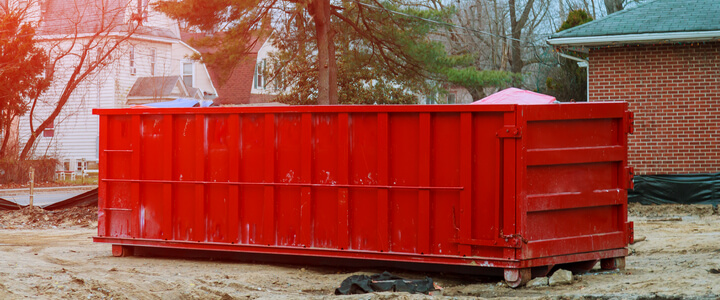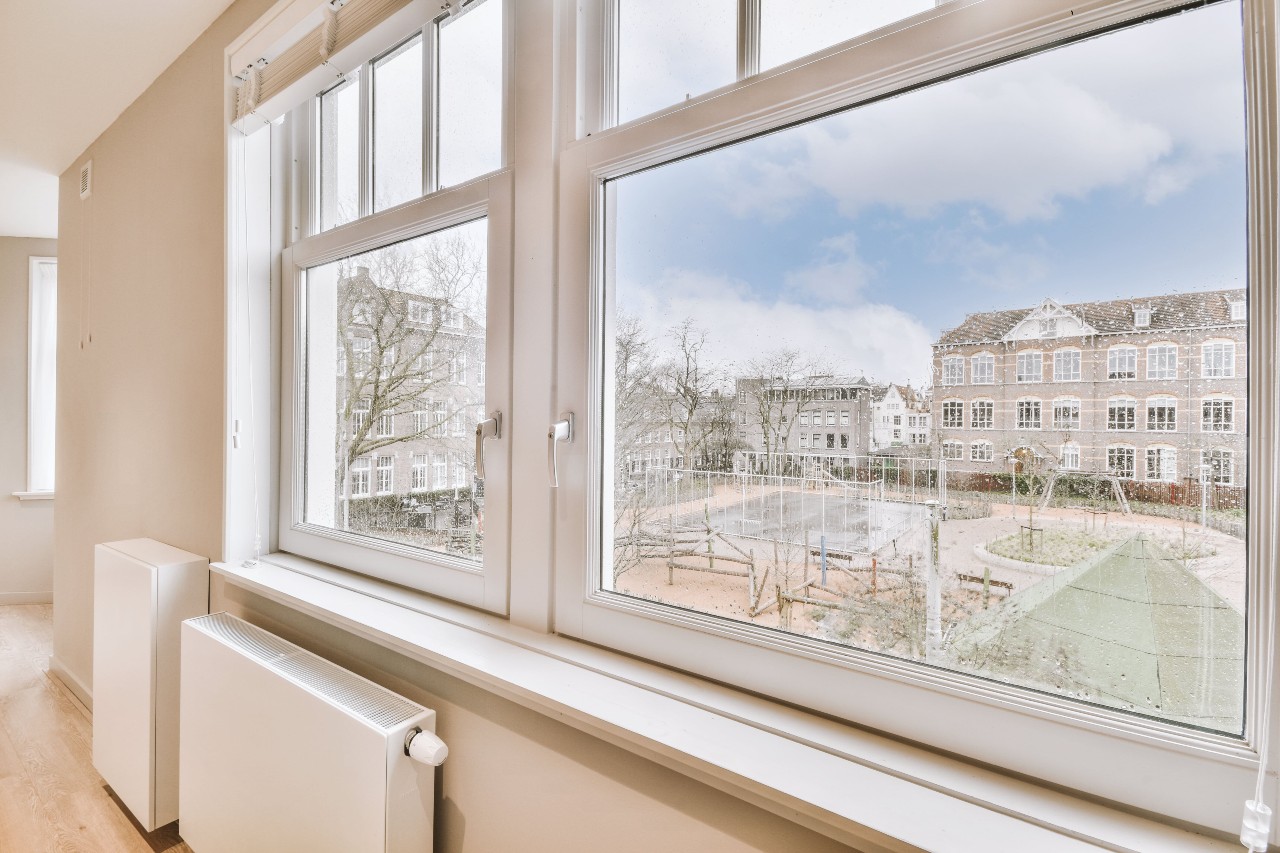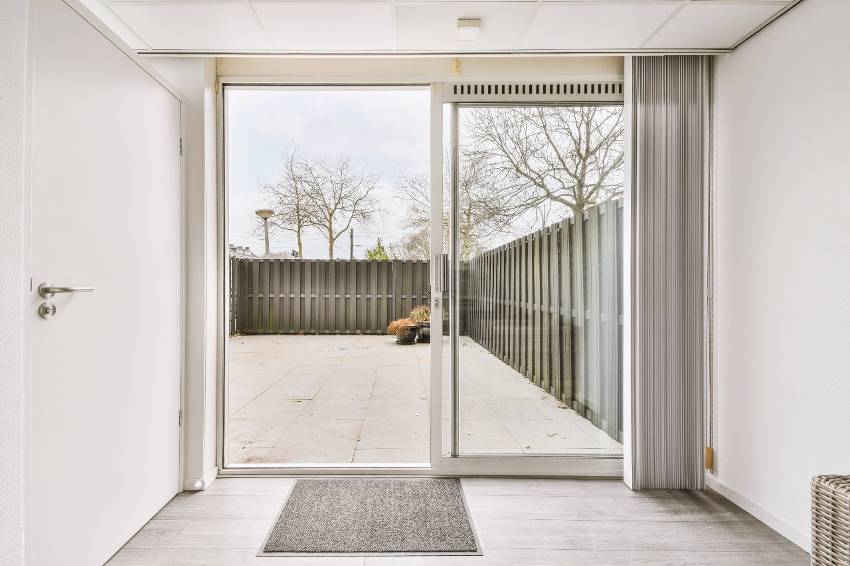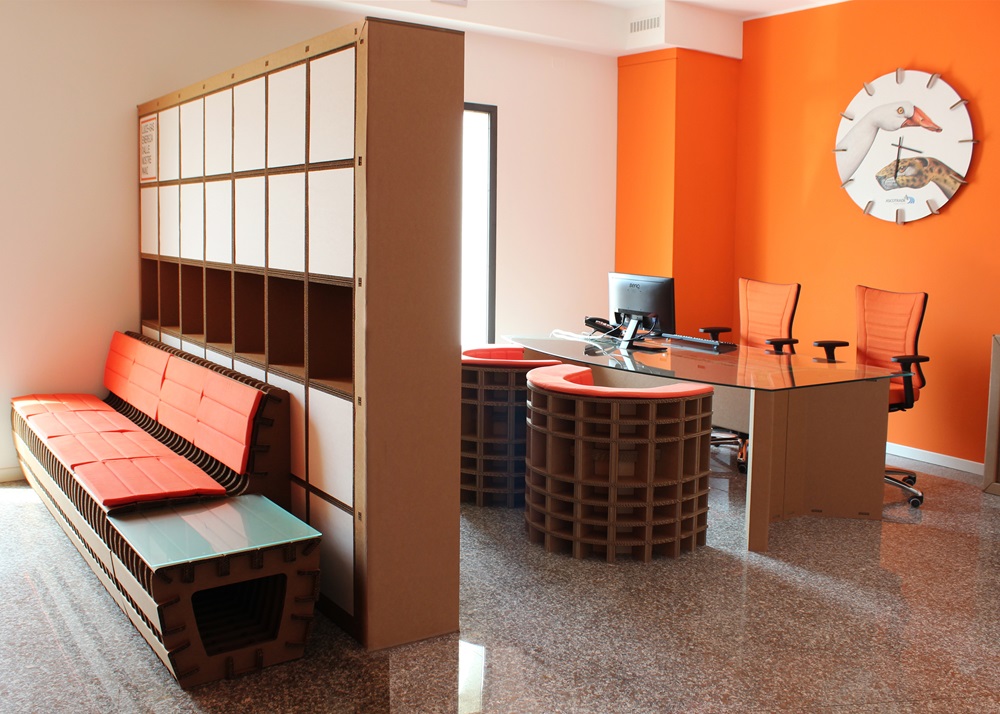How to Invest in Sustainable Property
Real estate is one of the most popular ways to invest, with the market seeing big returns over the last few decades. An average return between 5% and 7% is expected in the UK real estate market between 2021 and 2024, although the rate will depend on where you invest and the type of property you invest in.
However, the real estate market is being affected by many new pressures and a shift in attitudes. In recent years, investors have become more concerned with environmental and social factors when it comes to choosing where they put their money.

Investing in property is often seen as a safe and sure way to make money. Property prices have been steadily increasing in the UK over the years, and renting out a property is a good way to generate a relatively stable income.
However, there are risks involved and a growing number of factors to be aware of. You can learn more about real estate investing with property investment courses, helping to understand the risks and how to maximise your investment value.
What is Sustainable Property?
Eco-friendly and sustainable properties differ from standard construction projects in a variety of areas. They’re built with sustainability in mind, taking care to choose building materials and techniques that will lower their impact on the environment. This type of property development is becoming more common, especially as investors will now often avoid investing in projects that have a negative environmental impact.
Eco-houses are built to last and have as little of an impact on the environment as possible. Rather than simply looking to save energy costs, developers look at the bigger picture and ensure that the property is sustainable throughout its lifecycle, not simply when it’s constructed. This includes double and triple glazing, cavity insulation, effective water and waste management, solar panels, and alternative energy sources.
The construction process is also very important. In order to reduce the building’s overall carbon footprint, it is crucial to use sustainable materials and minimise their transport time to the site.
Investors should take the time to learn about the property they are purchasing, investigate its credentials, and only go back for a second look once proof of the property’s compliance with building rules and credentials is available.
How Sustainable Investing Can Lead to Greater Returns
While most people would like to be sustainable and have a low impact on the environment, few are willing to do so if it would cost them money. It’s important that sustainable property is able to provide a good return to investors. Otherwise, it will be a short-lived trend.
While the initial cost can often be higher due to the different materials used and the focus on proper insulation and energy usage, this cost can be offset by the value of the rental income.
Because sustainable properties often have lower energy demands, owners can charge higher rental fees. Therefore, there is less of a concern about not getting adequate returns from the investment.
In addition, government schemes and grants may be used to offset costs when constructing sustainable buildings. However, this would also mean that strict rules and regulations need to be followed to qualify for these subsidies.
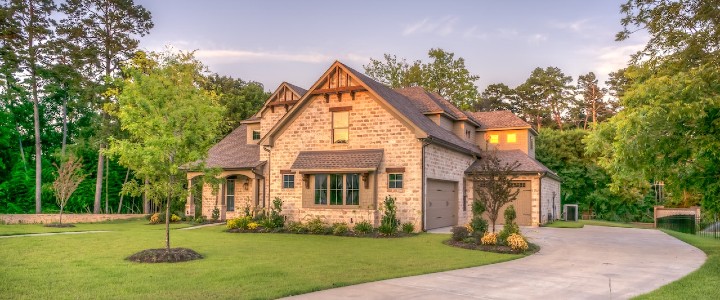
Some sustainable innovations can have a greater return than others, and it’s important for developers and investors to understand this before committing to a project. If the changes implemented are cost-effective, it doesn’t have to mean sacrificing returns for the sake of sustainability.
For example, solar panel technology is still expensive and may not be cost-effective in the short term. However, changing the type of lights and windows used can be.


